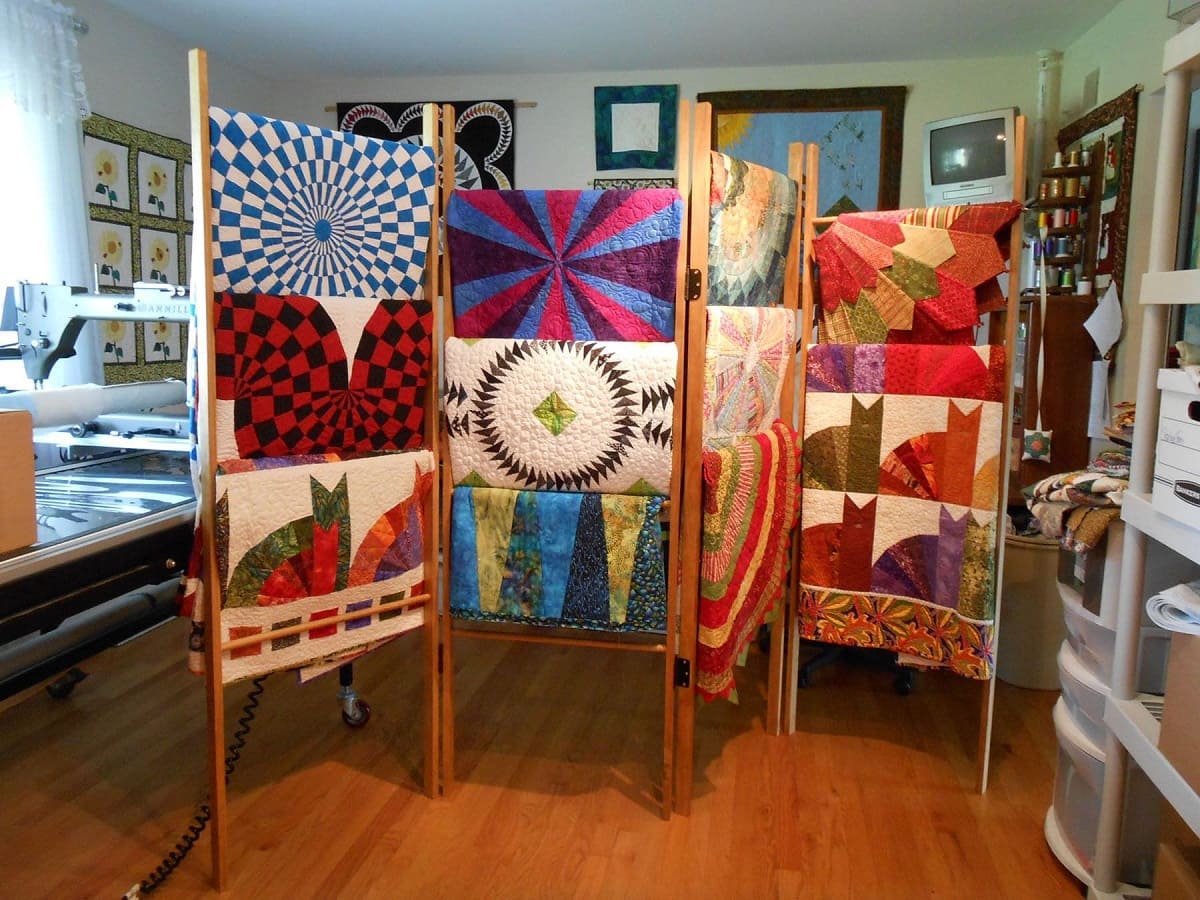

Articles
How To Display A Quilt
Modified: January 5, 2024
Learn how to display your quilt with these informative articles. Get tips and ideas for showcasing your quilt in the best way possible.
(Many of the links in this article redirect to a specific reviewed product. Your purchase of these products through affiliate links helps to generate commission for Storables.com, at no extra cost. Learn more)
Introduction
Displaying a quilt is not only a beautiful way to showcase your creative work but also a way to preserve and share the art of quilting with others. Whether you have just finished a handmade quilt or you have inherited a family heirloom, knowing how to display it properly can make a significant difference in its overall appearance and longevity. In this article, we will explore the steps and considerations involved in displaying a quilt.
Gathering the necessary materials and preparing the quilt for display are essential first steps in the process. Once you have ensured the quilt is clean and in good condition, you can move on to selecting a display method that suits the style and size of the quilt. Finally, attention should be paid to properly hanging the quilt and ensuring adequate lighting to highlight its unique design and intricate details.
Whether you are planning to hang your quilt on a wall, showcase it on a bed, or place it in a quilt rack, proper display techniques will not only enhance its visual appeal but will also help preserve the quilt for future generations to enjoy.
So, let’s dive deeper into the process of displaying a quilt and learn how to create an attractive and lasting display for your masterpiece.
Key Takeaways:
- Preserve and showcase your quilt by gathering essential materials, preparing it for display, choosing a suitable display method, and ensuring proper lighting. Share its beauty while protecting it for future generations to enjoy.
- Enhance the visual appeal of your quilt by hanging it securely, using proper lighting techniques, and implementing additional preservation tips. Create a stunning and lasting display while safeguarding the art of quilting.
Read more: How To Machine Quilt A Large Quilt
Gathering Materials
Before you begin the process of displaying a quilt, it’s important to gather the necessary materials to ensure a successful and visually appealing display. Here are some essential materials you’ll need:
- Quilt hangers or quilt rack: Depending on your preferred display method, you’ll need suitable quilt hangers or a quilt rack that can support the weight of your quilt. Make sure the hangers or rack are sturdy and will securely hold the quilt without causing any damage.
- Quilt sleeves: Quilt sleeves are fabric tubes that can be attached to the back of your quilt to make it easier to hang on a rod or quilt hanger. Quilt sleeves also provide added protection for the quilt edges.
- Mounting fabric: If you’re planning to display the quilt on a bed or as a wall hanging, you’ll need a suitable mounting fabric that complements the colors and design of the quilt. The fabric should be large enough to cover the entire quilt backing.
- Backing fabric: Depending on the display method, you may need a backing fabric to protect the quilt from dust, sunlight, and other elements. Choose a backing fabric that is breathable and won’t cause any damage to the quilt fabric.
- Measuring tape and level: To ensure proper alignment and positioning of the quilt, a measuring tape and level are essential tools. Use them to measure and mark the desired height and width for hanging the quilt.
- Command hooks or nails: If you’re planning to hang the quilt on the wall, you’ll need command hooks or nails that can securely hold the weight of the quilt. Make sure to choose hooks or nails suitable for the wall surface.
- Lighting fixtures: Proper lighting can greatly enhance the visibility and overall look of the quilt. Consider installing spotlights or track lighting to illuminate the quilt and highlight its unique patterns and colors.
By gathering these materials beforehand, you’ll be well-prepared to proceed with the quilt display process. Having the right tools and materials will not only make the process easier but will also help protect and showcase your quilt in the best possible way. Now that you have everything you need, let’s move on to preparing the quilt for display.
Preparing the Quilt
Before you begin the process of displaying your quilt, it’s important to ensure that it is clean and in good condition. Here are the steps to prepare your quilt for display:
- Inspect for any damage: Carefully examine the quilt for any tears, loose threads, or stains. If you come across any damage, consider repairing it before proceeding with the display.
- Washing or cleaning: If your quilt is machine washable, follow the instructions on the care label to clean it thoroughly. If not, consider using a gentle fabric cleaner or consult a professional quilt cleaner to remove any dirt or stains. Make sure to allow the quilt to dry completely before proceeding.
- Pressing: After the quilt is clean and dry, use a pressing cloth and a warm iron to gently press the quilt, removing any wrinkles or creases. Be careful not to use excessive heat or pressure, as this can damage the fabric.
- Border straightening: Check the borders of the quilt to ensure they are straight and even. If necessary, use a ruler or a square to trim the edges and create a straight border.
- Attaching a quilt sleeve: If you plan to hang the quilt, create a quilt sleeve by folding a strip of fabric in half lengthwise. Attach the sleeve to the back of the quilt, ensuring it is centered and securely stitched along the top edge. This sleeve will allow you to hang the quilt on a rod or quilt hanger.
- Backing fabric: If you’re using a backing fabric, lay it flat on a clean surface and place the quilt on top, ensuring it is centered. Gently fold the edges of the backing fabric over the edges of the quilt and secure them in place with basting stitches or fabric clips.
By following these steps, you will ensure that your quilt is clean, well-pressed, and ready for display. Taking the time to prepare your quilt properly will not only enhance its appearance but also help protect it during the display process. Now that your quilt is prepared, let’s move on to choosing a display method.
Choosing a Display Method
When it comes to displaying your quilt, there are various methods to consider, depending on your preferences and the style and size of your quilt. Here are some popular display methods to choose from:
- Wall hanging: Hanging your quilt on the wall is a common and visually striking display method. You can use a quilt hanger, a quilt rod, or even a curtain rod with clip rings to hang the quilt. Make sure the hanging method is secure and does not put too much pressure on the quilt fabric.
- Bed display: If you want to use your quilt on a bed, make sure to choose a bed that complements the size and design of your quilt. You can either fold the quilt neatly at the foot of the bed or place it flat on top of the bedspread.
- Quilt rack: A quilt rack is a freestanding rack specifically designed to display quilts. It provides a convenient and stylish way to showcase your quilt. Choose a quilt rack that matches the décor of your room and can comfortably hold the weight of your quilt without causing any stress on the fabric.
- Table display: If you have a small quilt or a quilted table runner, displaying it on a table can be a charming option. Make sure to use a clean and sturdy table and consider adding a piece of glass or acrylic on top to protect the quilt while still allowing it to be admired.
- Quilt show or exhibition: Participating in quilt shows or exhibitions is a great way to showcase your quilt to a larger audience. Look for local quilting events or consider reaching out to quilt guilds or community organizations for opportunities to display your quilt publicly.
When choosing a display method, consider the size, style, and purpose of your quilt. Ensure that the chosen method not only enhances the visual appeal of the quilt but also provides adequate support and protection.
Now that you have selected your desired display method, it’s time to hang the quilt and bring it to life as a stunning piece of art.
Use a quilt hanging sleeve to easily display your quilt on a wall. Simply sew the sleeve to the back of the quilt and insert a rod for hanging. This keeps the quilt flat and secure while on display.
Hanging the Quilt
Properly hanging your quilt is essential to display it in a visually pleasing and secure manner. Here are the steps to follow when hanging your quilt:
- Measure and mark: Use a measuring tape and level to determine the desired height and width for hanging the quilt. Mark these measurements on the wall or the quilt hanger using a pencil or removable painter’s tape.
- Install hooks or nails: If you’re using command hooks or nails, follow the manufacturer’s instructions to securely install them at the marked positions. Ensure that the hooks or nails are straight and level to provide proper support for the quilt.
- Attach the quilt: If your quilt has a quilt sleeve, slide the sleeve onto the rod or hanger, making sure it is centered. If your quilt doesn’t have a sleeve, you can use clips or small safety pins to attach the quilt to the hanging rod or hanger. Be careful not to stretch or strain the fabric while attaching it.
- Hang the quilt: Carefully lift and hang the quilt on the hooks or rods, ensuring that it is centered and hangs straight. Step back and make any necessary adjustments to ensure the quilt is level and visually appealing.
- Test stability: Gently give the quilt a small shake to ensure it is securely hung and doesn’t wobble or shift. If necessary, make any final adjustments to the hooks or rods to achieve a stable and balanced display.
When hanging your quilt, keep in mind the weight and size of the quilt, as well as the strength of the hooks or rods used. It’s important to avoid putting excessive stress on the quilt fabric, as this can cause damage over time. If you’re unsure about the hanging method or feel that the quilt is too heavy, consider seeking advice from a professional or consulting with a quilt preservation specialist.
Hanging your quilt with care will allow it to be admired and appreciated for years to come. Now that your quilt is securely hung, it’s time to focus on the lighting to enhance its beauty.
Read more: How To Quilt A Jelly Roll Race Quilt
Proper Lighting
Proper lighting is key to showcasing the intricate details and vibrant colors of your quilt. Here are some considerations to ensure your quilt is well-lit:
- Natural light: If possible, display your quilt in an area with ample natural light. Position the quilt near a window, but be cautious of direct sunlight as it can fade the fabric over time. Use sheer curtains or blinds to filter the sunlight and protect the quilt from prolonged exposure.
- Artificial lighting: If natural light is limited or inconsistent, consider using artificial lighting to illuminate your quilt. Choose lighting fixtures with adjustable intensity and color temperature to achieve the desired effect. LED lights are a popular choice as they produce minimal heat and are energy-efficient.
- Spotlighting: To draw attention to specific areas or details of the quilt, use spotlighting techniques. Install adjustable spotlights or track lighting above or around the quilt, positioning them to highlight the most captivating parts of the design.
- Diffused lighting: To create a soft and even illumination, use diffused lighting methods such as wall sconces or indirect lighting. These indirect light sources bounce light off the walls or ceilings, reducing harsh shadows and providing a gentle glow over the entire quilt.
- Lighting control: Consider incorporating lighting control options such as dimmer switches or timers to adjust the brightness and duration of the lighting. This allows you to create different atmospheres or conserve energy when the quilt is not on display.
- Regular maintenance: Check the lighting regularly to ensure all bulbs are functioning properly and replace any burnt-out or dim bulbs promptly. Dust the light fixtures and clean the shades to maintain optimal brightness and clarity.
The appropriate lighting will not only enhance the visual appeal of your quilt but also protect it from fading and damage. Take the time to experiment with different lighting setups and angles to achieve the desired effect. If you’re uncertain about the best lighting options, consult a lighting professional or seek guidance from fellow quilters or interior designers.
With proper lighting in place, your quilt will shine beautifully, capturing the attention and admiration of all who see it. Lastly, let’s explore some additional tips for displaying your quilt.
Additional Tips for Displaying a Quilt
Displaying a quilt is an art in itself, and there are a few additional tips to keep in mind to ensure a successful and visually appealing presentation:
- Rotate the quilt: To prevent prolonged exposure to direct sunlight or strain on one particular area of the quilt, rotate it periodically. This will help distribute any fading or wear evenly and extend the lifespan of the quilt.
- Consider climate control: If you live in a humid or fluctuating climate, consider incorporating climate control options in the room where the quilt is displayed. This can help maintain stable temperature and humidity levels, preventing damage caused by excessive moisture or dryness.
- Display information: Provide information about the quilt’s history, pattern, or significant details in the form of a small plaque or framed description. This adds a personal touch and educates viewers about the quilt’s unique story.
- Keep it clean: Regularly dust the quilt using a gentle vacuum cleaner or a soft-bristled brush to remove any accumulated dirt or debris. Avoid using harsh cleaning chemicals or washing the quilt too frequently, as this can cause damage to the fabric.
- Protect from pests: To safeguard your quilt from potential damage by pests, store it in a clean and secure area when not on display. Consider using acid-free tissue paper or cotton sheets to wrap the quilt and discourage insects.
- Document for preservation: Take photographs or create a detailed documentation of your quilt, including its design, materials, and any unique features. This will serve as a valuable record for future reference and preservation purposes.
By following these additional tips, you can ensure that your quilt is not only displayed beautifully but also protected from potential damage and deterioration over time. Remember, preserving the integrity of your quilt is just as important as showcasing its beauty.
Now that you have a comprehensive understanding of the various aspects of displaying a quilt, you are well-equipped to create a visually stunning and long-lasting display for your quilt. Take pride in your quilt and share its beauty with others, preserving the art of quilting for generations to come.
Frequently Asked Questions about How To Display A Quilt
Was this page helpful?
At Storables.com, we guarantee accurate and reliable information. Our content, validated by Expert Board Contributors, is crafted following stringent Editorial Policies. We're committed to providing you with well-researched, expert-backed insights for all your informational needs.
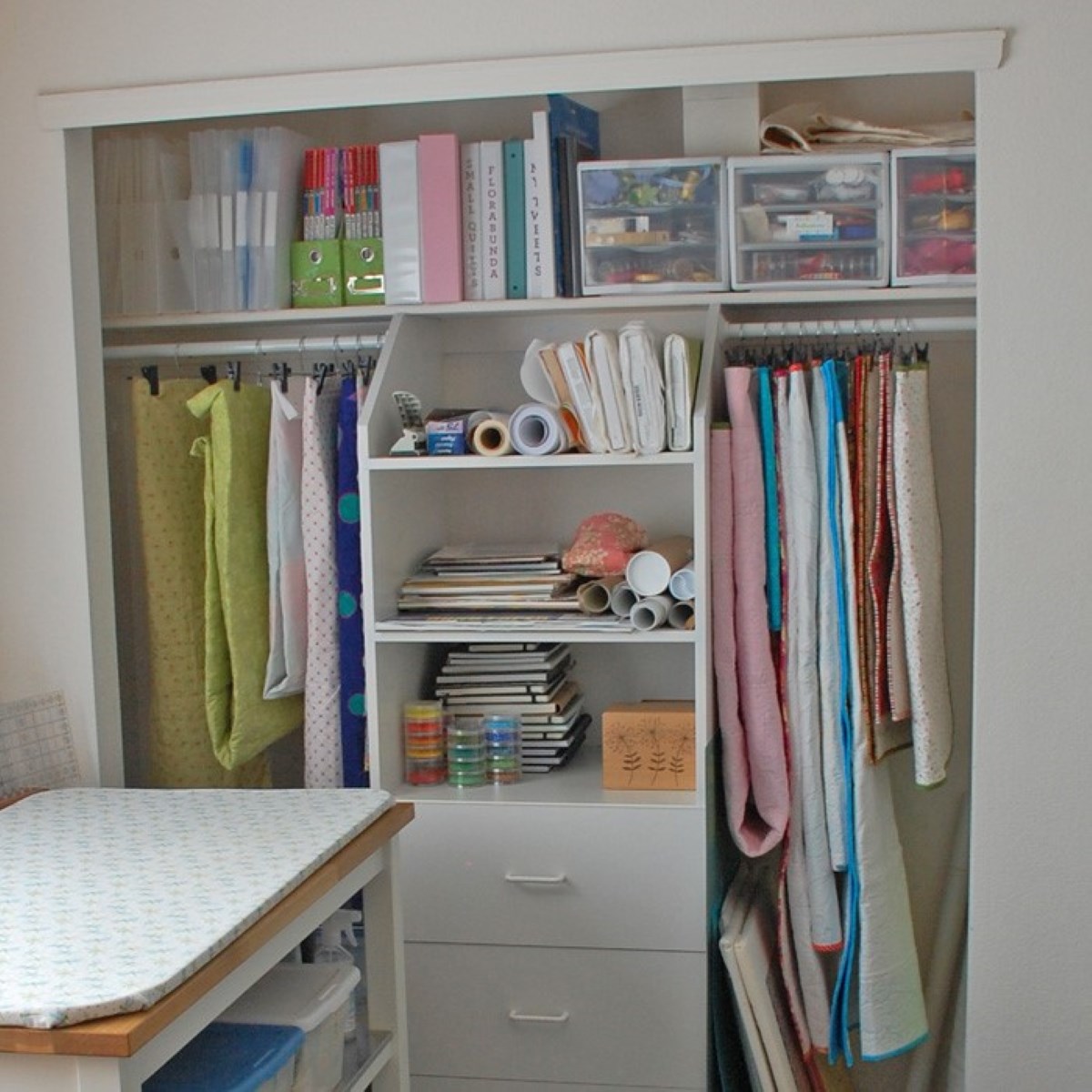
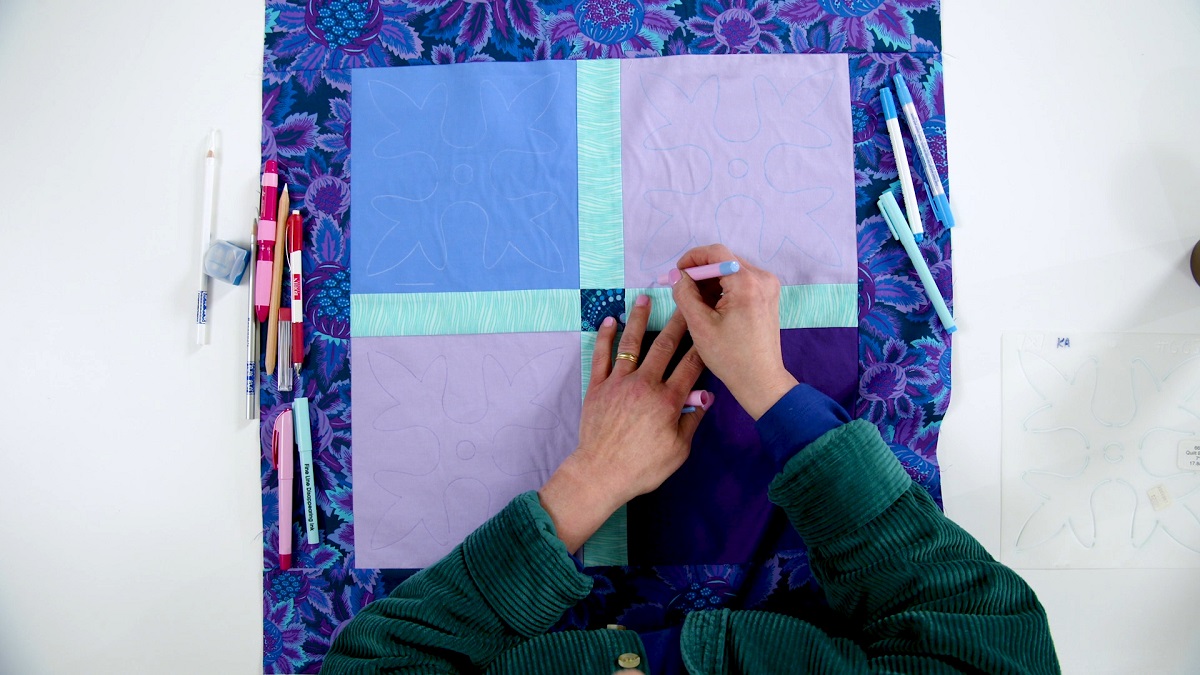
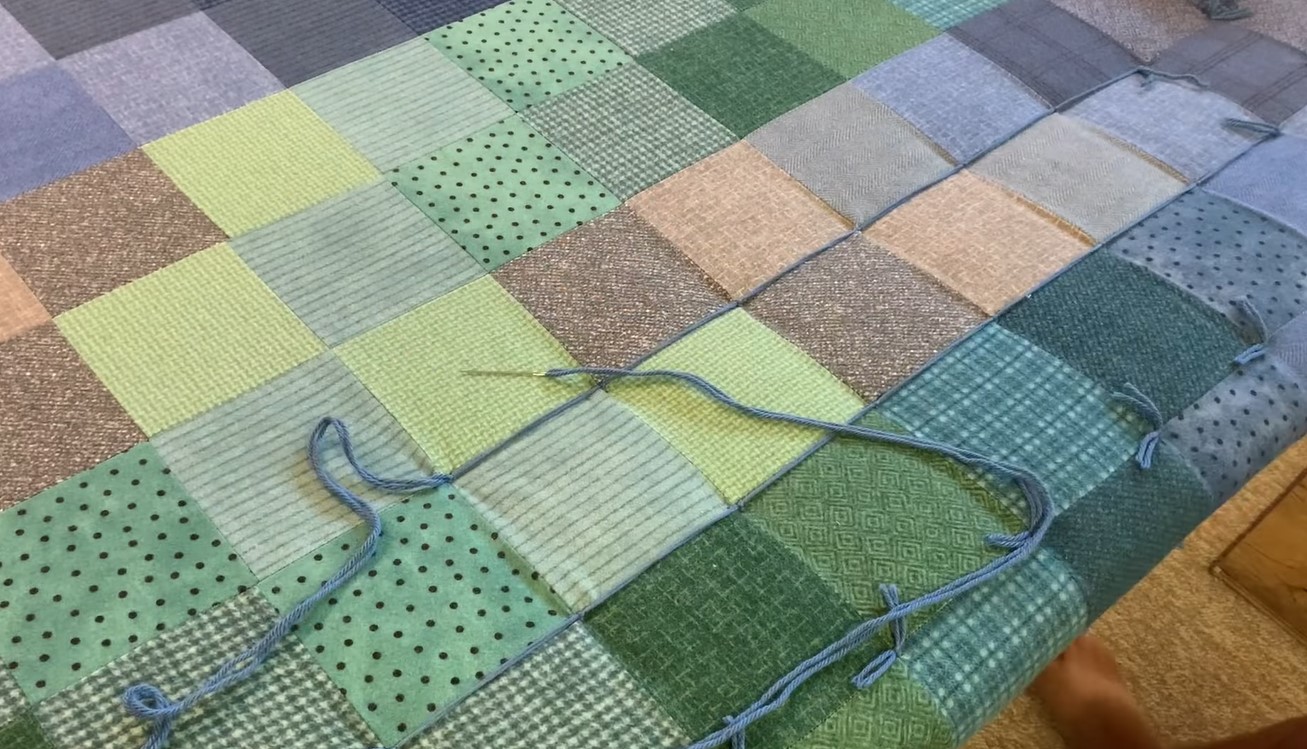
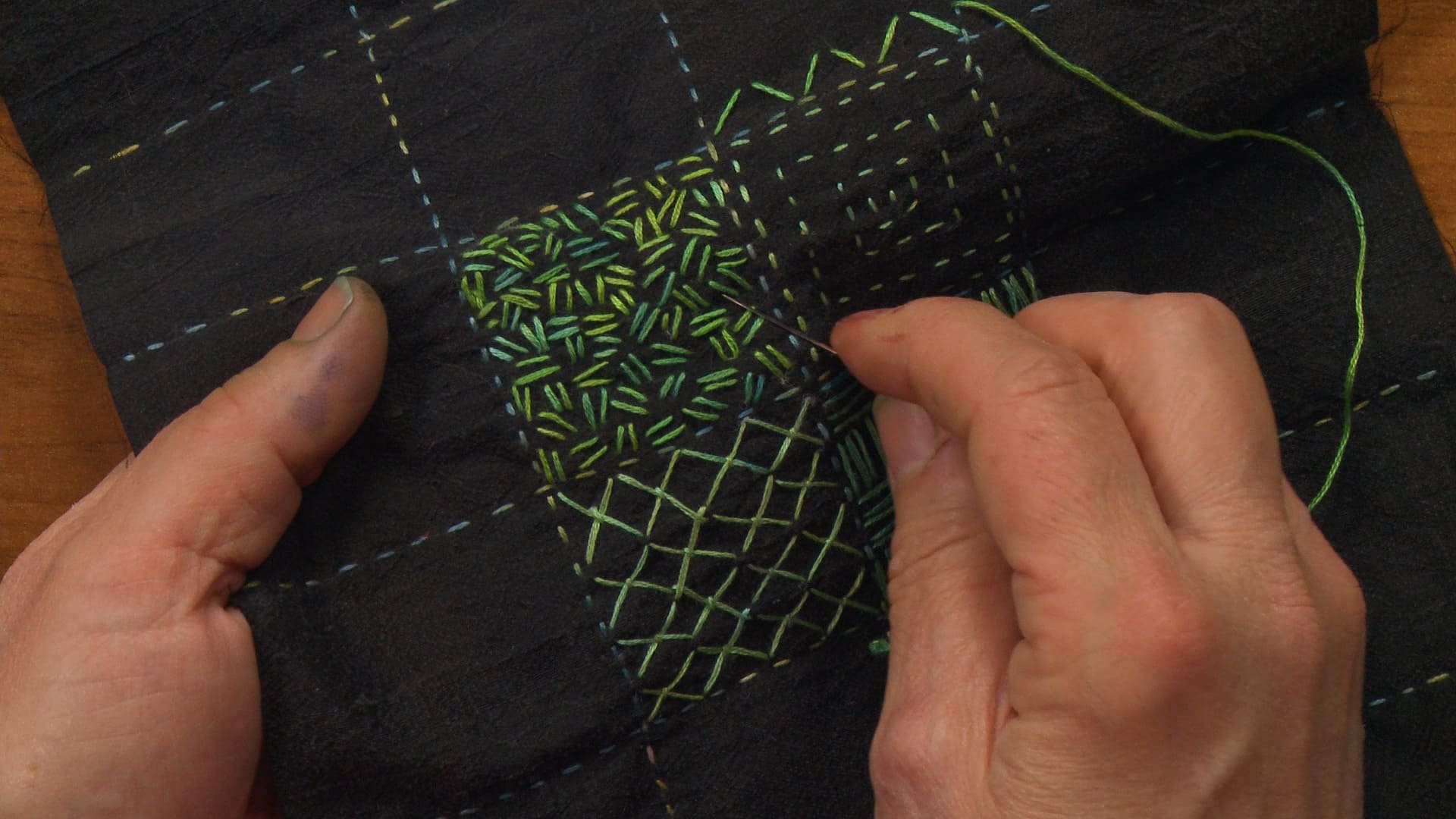
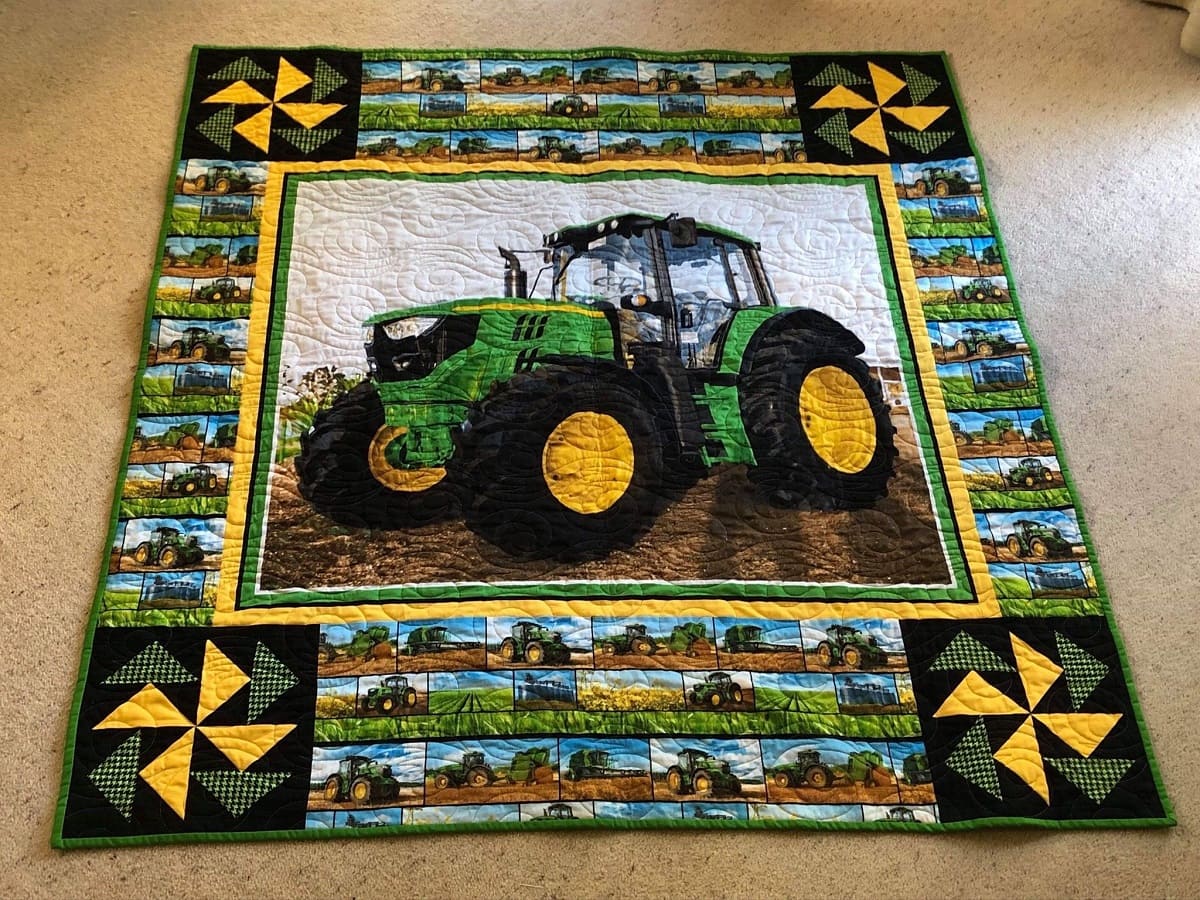
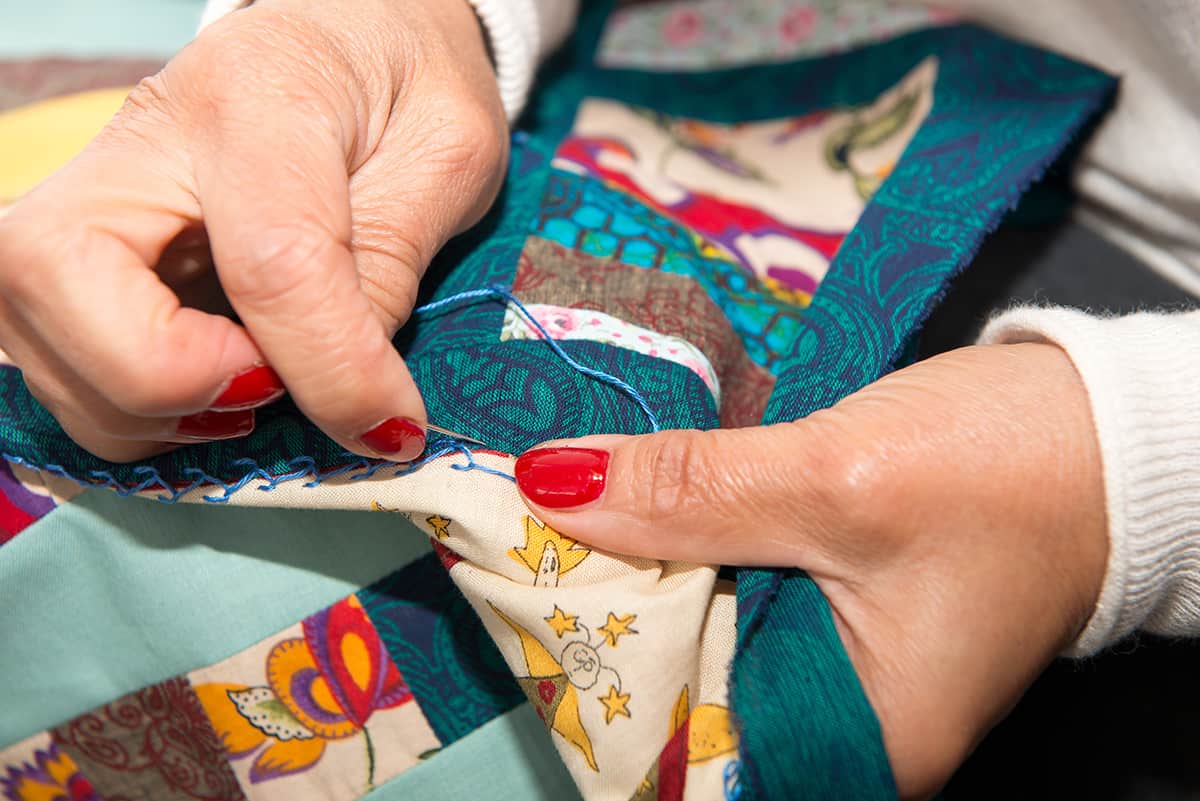
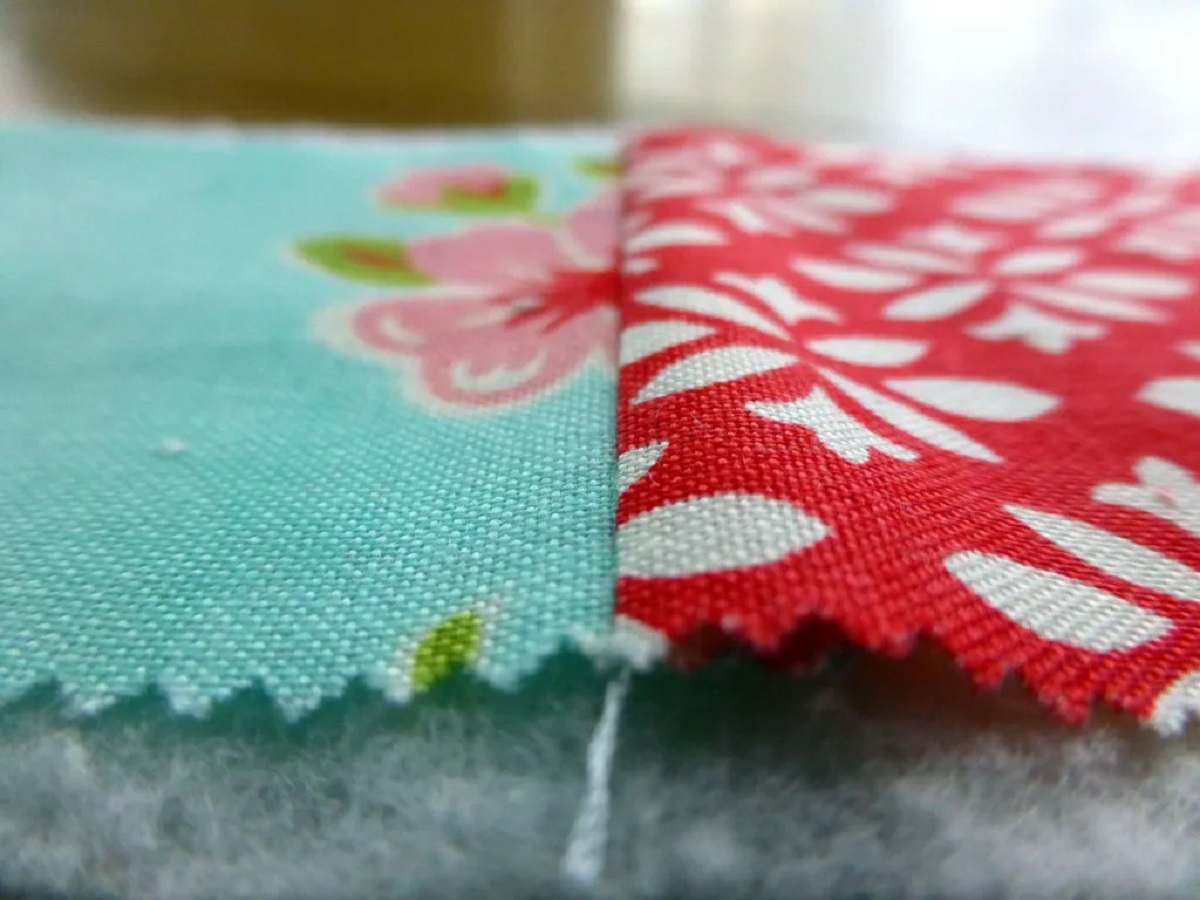

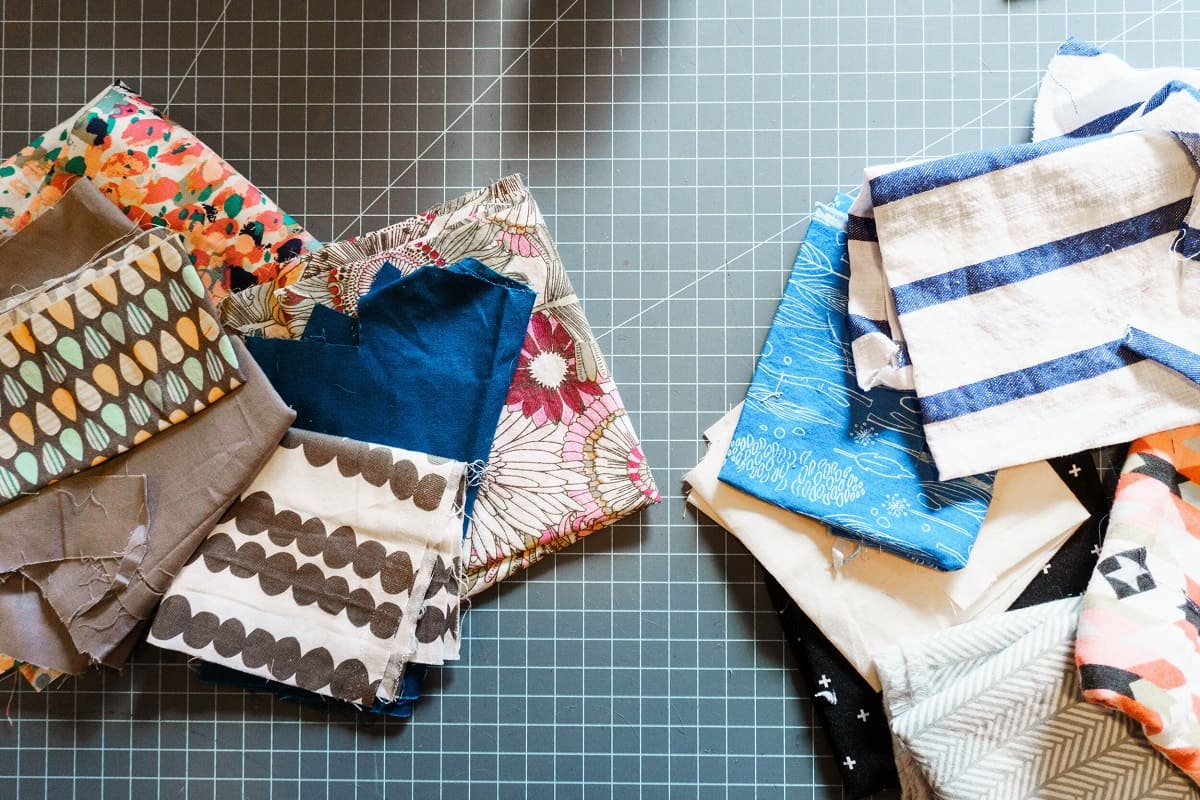

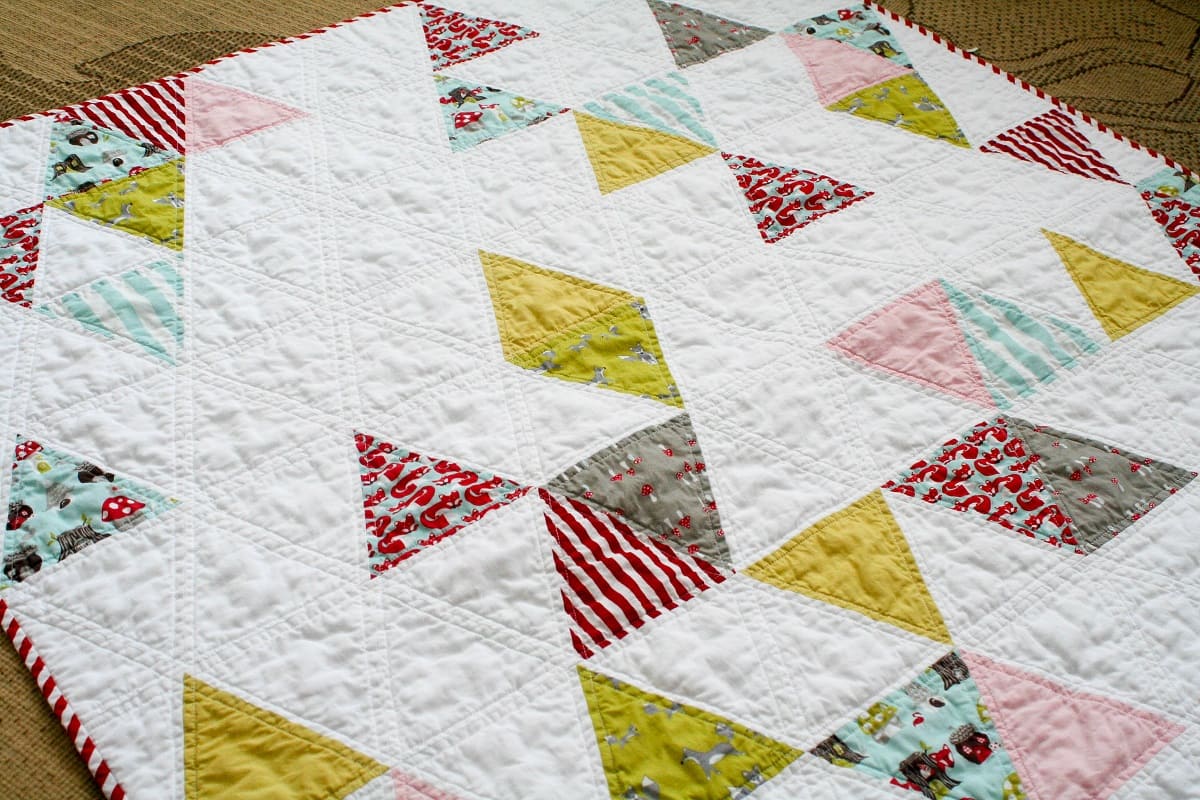

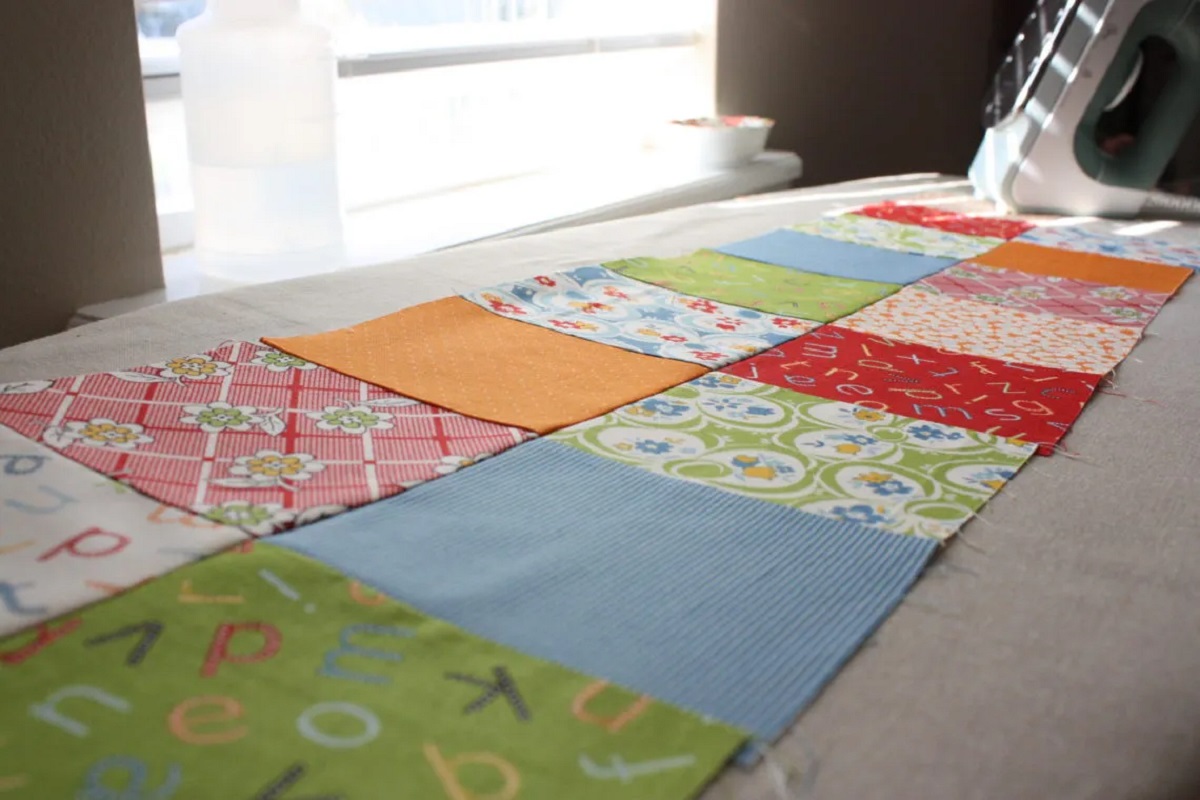
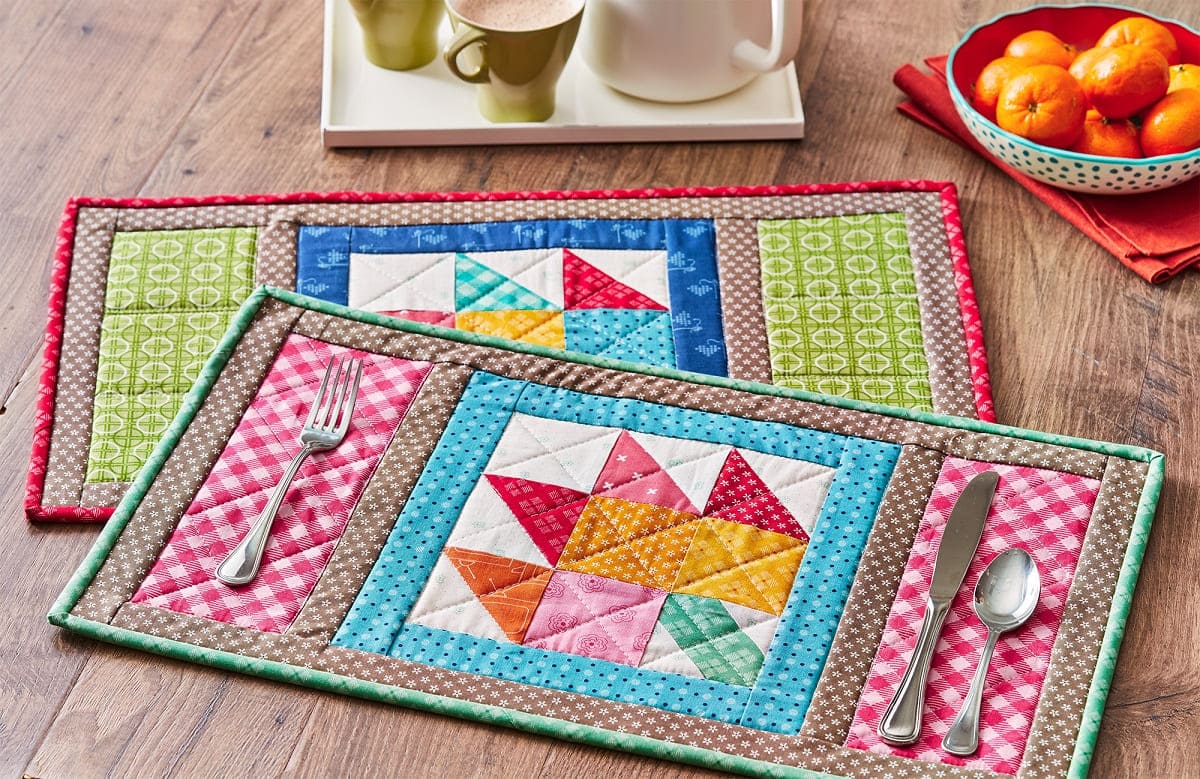

0 thoughts on “How To Display A Quilt”